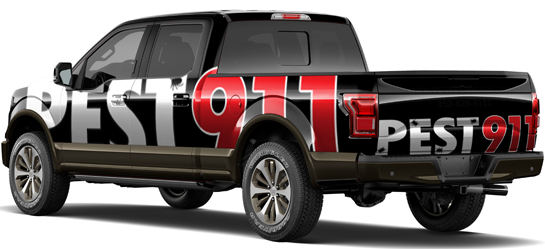Lawn Core Aeration in Weirsdale, FL; Best Time to Dethatch, Aerate & Overseed Lawns
Everyone wants their lawn to be the best looking one on the block. A beautiful lawn needs proper mowing, fertilizing and watering, but it can also benefit greatly from aeration. Your lawn and the soil below it need to breathe. Grass roots need air, water and nutrients to grow thick, deep and strong. When soil becomes compacted, it inhibits the flow of these essentials. Lawns can struggle in stressful situations. Low heat and rainfall can cause your lawn to lose its healthy rich color. The grass will become thinner and eventually die.
Soil Compaction & Lawn Thatch Removal
Soil that is compacted just ¼ to ½ inches thick can make a huge difference in the health of your lawn. Soil becomes compacted when soil particles are pressed together, reducing pore space between them. This reduces the rate of both water infiltration and drainage. It’s easier for large pores to move air, water and nutrients downward than it is for smaller pores. Thatch accumulation happens. Left unmanaged, it impedes water, fertilizer and pesticide effectiveness. Core aeration combines soil with the thatch debris, so soil organisms are better able to break down the thatch and reduces its accumulation. You can avoid compacted soil by trying not to walk on a wet lawn because soil is more suspectable to compaction when it’s saturated and can’t absorb any more water.
Lawn Aeration Process
Does your lawn look stressed? Is the soil hard to the touch or does rainwater puddles up when it should be absorbed? You may have compaction problems. Lawn aeration involves perforating the soil with small holes down into the soil to alleviate compaction so air, water and nutrients can reach the grass roots. Core aeration is the most common way of aerating your lawn. The machine removes plugs of soil from the lawn and leaves them laying on the surface. This allows air to get to the root system, breaks up the compaction of a soil and allows water and nutrients into the root zone. As tempting as it may be to remove the little plugs of soil from your lawn, it’s best to leave them alone. These plugs will dissolve on their own within about two weeks and they help your soil microbes break down the thatch layer.
Does Aerating a Lawn Make a Difference?
Yes, lawn aeration does make a difference. Some of the benefits are:
• Improved air exchange between the soil and atmosphere
• Improved soil water uptake
• Enhanced fertilizer uptake and use
• Reduced water runoff and puddling
• Reduced soil compaction
• Stronger turfgrass roots
• Improved heat and drought stress tolerance
• Improved resiliency and cushioning
• Improved thatch breakdown
Lawn Aeration
Lawn aeration goes a long way to create a thicker, healthier lawn. Most lawns benefit from annual aeration. Heavily used lawns, or those growing on heavy clay or subsoils may need aeration twice a year. It’s best to aerate during or right before the time your grasses reach their peak time for natural growth. Aeration is good for lawns, but it can stress grass if timed improperly. The professionals at Pest 911 know how and when it should be done. Contact us today to schedule services!


